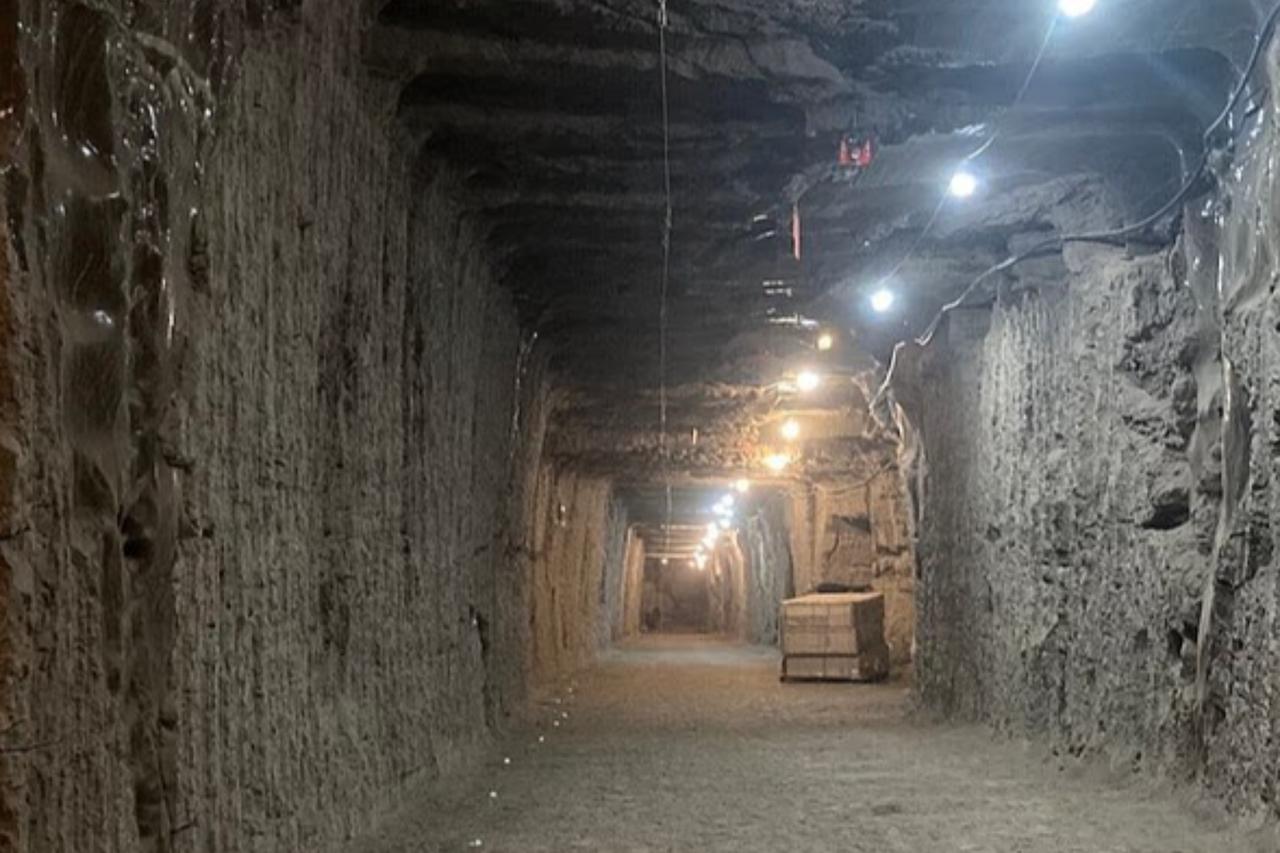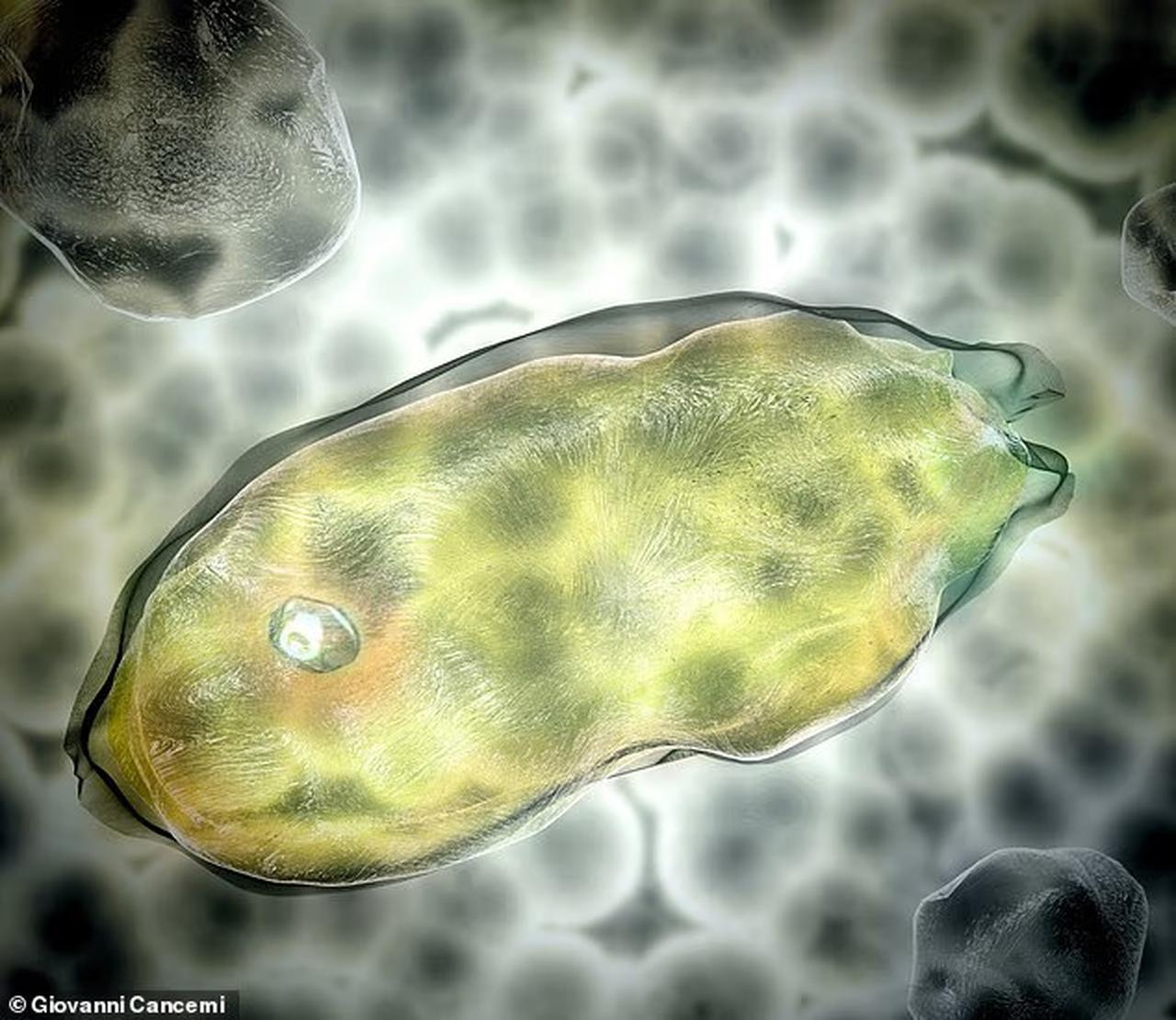
Scientists from the University of Colorado Boulder have revived microbes trapped in Arctic permafrost for as long as 40,000 years.
The controlled study, published in JGR Biogeosciences, reveals that these microorganisms can return to life when thawed under slightly warmer and wetter conditions.
“These are not dead samples by any means,” said lead author Tristan Caro. “They’re still very much capable of hosting robust life that can break down organic matter and release it as carbon dioxide.”
The samples were collected from the Permafrost Tunnel near Fairbanks, Alaska—a U.S. Army Corps of Engineers facility first excavated in the 1960s. The tunnel’s frozen walls contain Ice Age remains such as mammoth bones and organic material preserved in layers of ice, rock, and soil.
The team collected samples several thousand to tens of thousands of years old and added water before incubating them at 39 and 54 degrees Fahrenheit (3.89 and 12.22 degrees Celsius). These temperatures, considered warm for the Arctic, were chosen to mirror what deeper layers of permafrost might experience under future climate conditions.
Key facts from the study
Caro said the goal was to simulate a typical Alaskan summer under projected warming. “We wanted to see what happens when those temperatures reach deeper areas of the permafrost,” he explained.

During the first few months, the microbes barely moved, replacing only about one cell in 100,000 per day.
By the six-month mark, activity increased sharply, and several colonies began forming visible biofilms. The pattern suggests a delay between a period of warmth and full microbial activation.
Caro noted that what matters most for the Arctic is not a single hot day but longer summer seasons extending into autumn and spring. This slower response, he said, could determine how greenhouse gases are released as thawed soil remains warm for longer periods.
Once revived, microbes break down ancient organic material, releasing carbon dioxide and methane. Both are potent greenhouse gases that trap heat in the atmosphere.
According to The Independent, the Arctic has warmed four times faster than the global average since 1979. Researchers estimate that permafrost stores about 1,500 billion tons of carbon, almost twice the amount currently in the atmosphere.
Scientists warn that this process could fuel a feedback loop: warmer air melts permafrost, releasing gases that further heat the planet. Sebastian Kopf, a co-author of the study, said understanding how quickly these microbes respond to thaw is essential for predicting the pace of climate change.
The research team stressed that the microbes studied were not known to infect humans.
All experiments were carried out in sealed chambers. However, some experts say the findings remind us that ancient bacteria and viruses remain buried in permafrost, many of them still viable.
Swedish microbiologist Birgitta Evengard described the Arctic as “Pandora’s box,” warning that melting ice could expose pathogens resistant to antibiotics.
Previous experiments in Siberia revived ancient viruses that infect amoebas but do not survive modern conditions, showing both the possibilities and limits of such scenarios.
Health context at a glance
The CU Boulder team examined only one permafrost site, but similar conditions stretch across Siberia, northern Canada, and Greenland.
Caro said further research is needed to understand how ancient microorganisms behave across different regions. “There’s so much permafrost in the world,” he said. “We’ve only sampled one tiny slice of that.”
The findings highlight how a warming planet is not just melting ice but also reactivating dormant ecosystems. Each thawing layer may hold clues to evolution, and to the new environmental risks emerging from the deep freeze.